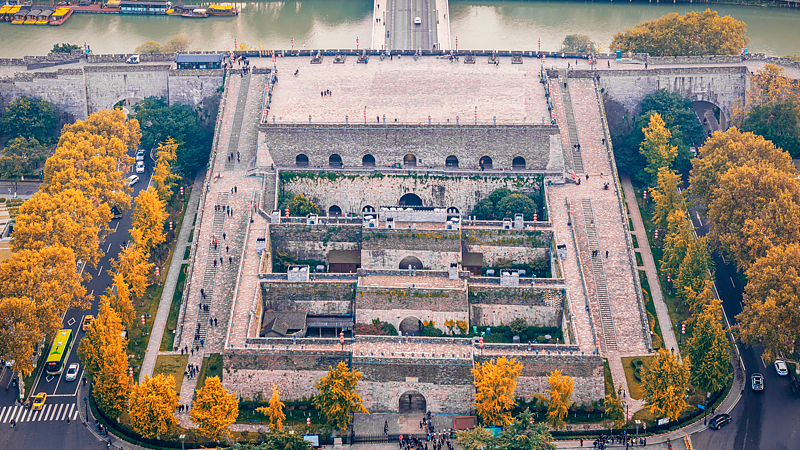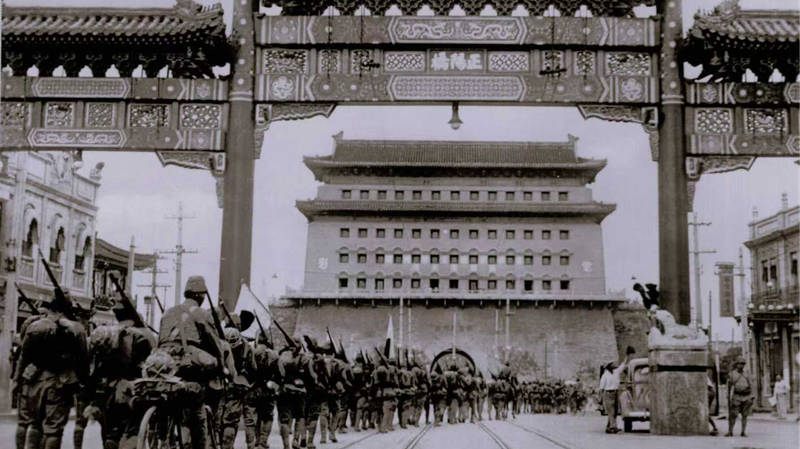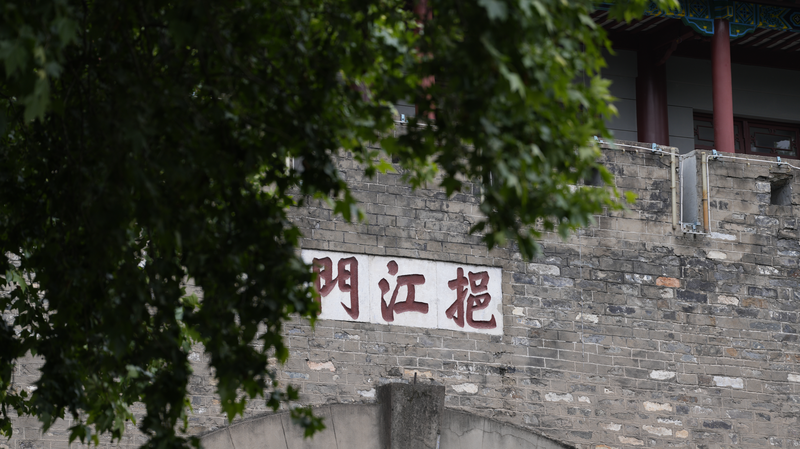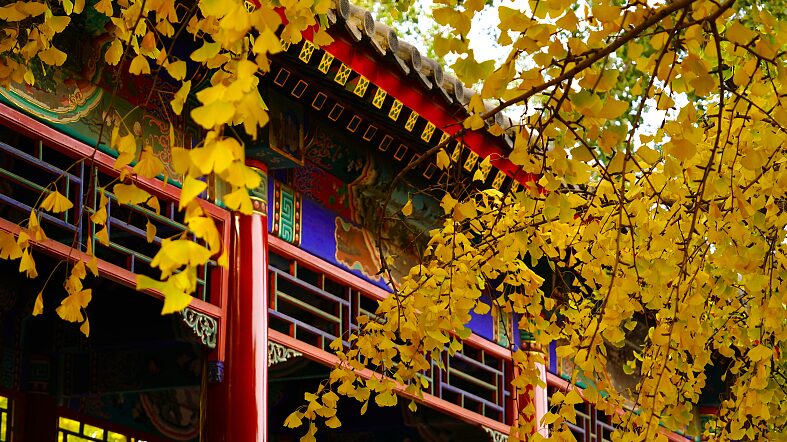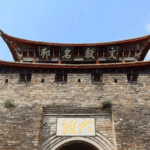Nanjing's Zhonghua Gate, a Ming Dynasty relic turned modern-day symbol of resilience, stands as a living testament to China's complex historical tapestry. On December 12, 1937, this architectural marvel became a battleground when Japanese forces breached its defenses during the Nanjing conflict, leaving bullet marks that still punctuate its ancient walls alongside the enduring inscription: "Vote to avenge the country's grievances."
Eight decades later, the same stones that witnessed wartime struggles now frame a scene of tranquil transformation. Golden ginkgo trees cascade like liquid sunlight around the gate's imposing structure, creating a striking juxtaposition of historical scars and natural rebirth. This seasonal spectacle draws photographers and history enthusiasts alike, offering silent lessons about conflict and reconciliation.
Local historian Dr. Wei Ming observes: "The gate's evolution mirrors Nanjing's own journey – from wartime crucible to thriving modern metropolis. Its preservation challenges us to remember without being trapped in the past." City planners have integrated the landmark into urban green spaces, making history accessible to joggers, tea drinkers, and school groups alike.
As autumn leaves blanket the ancient stones each year, Zhonghua Gate serves as both memorial and living space – where residents walk dogs beneath wartime inscriptions and children play where tanks once rolled. This delicate balance between remembrance and renewal continues to shape Nanjing's identity as it forges new chapters in its storied history.
Reference(s):
cgtn.com
